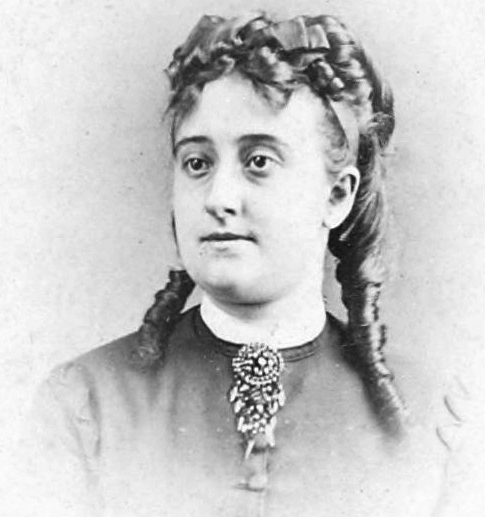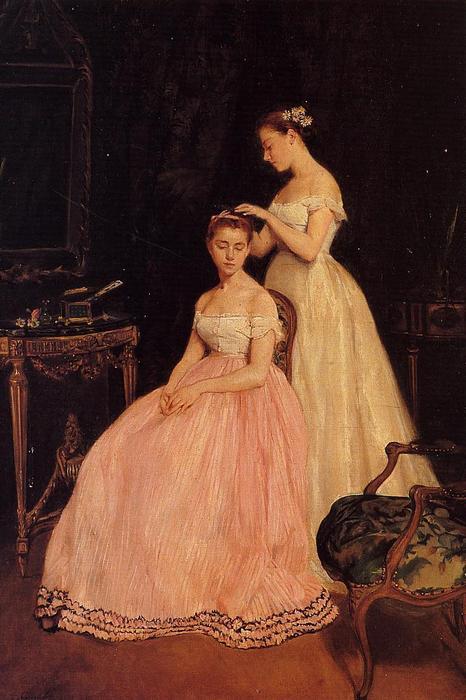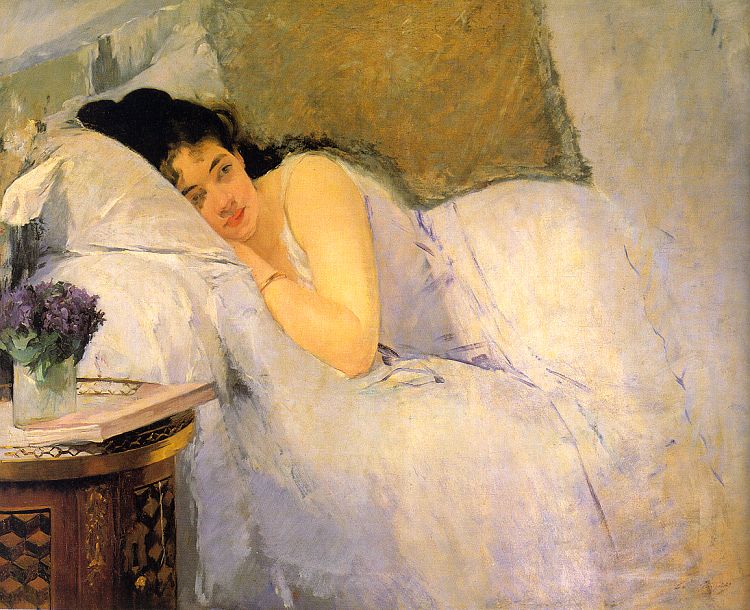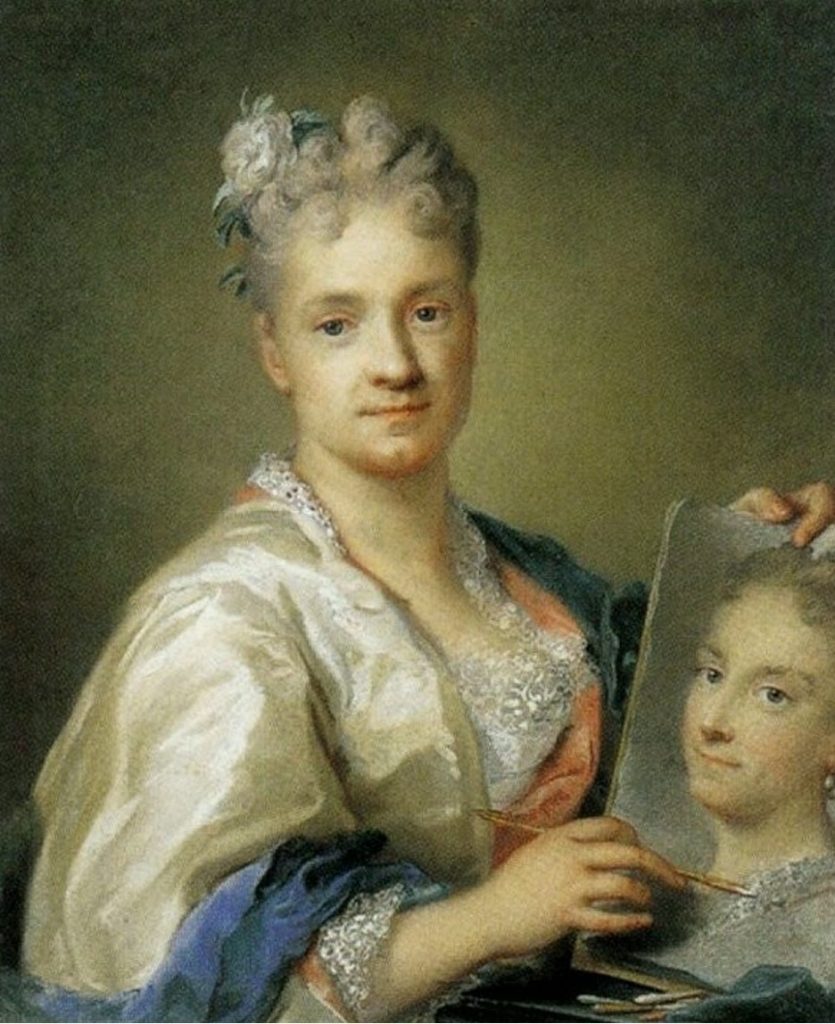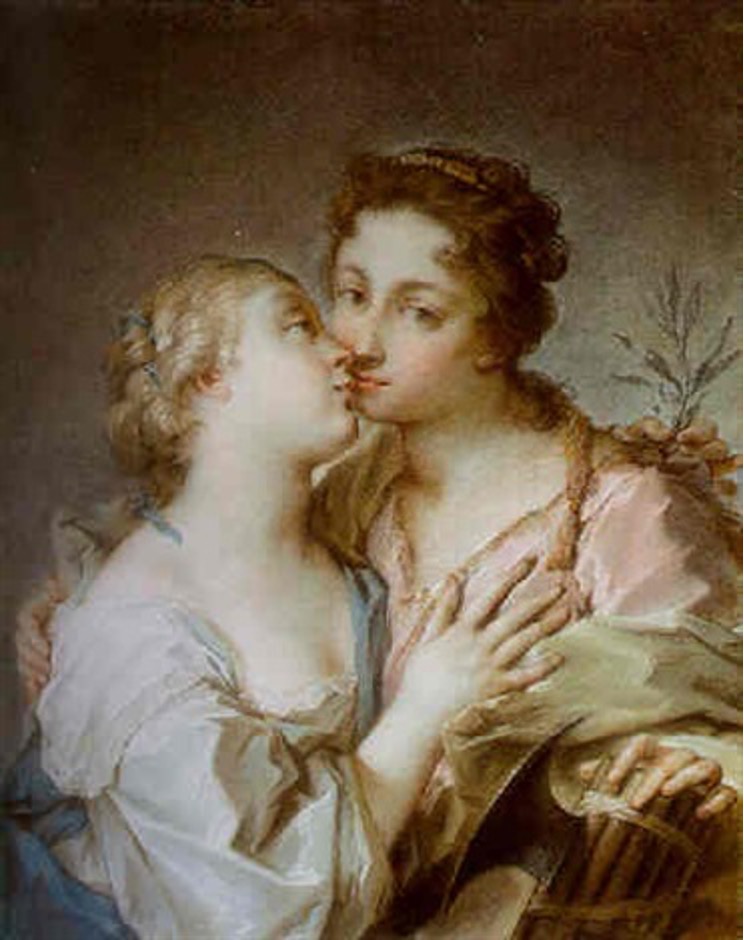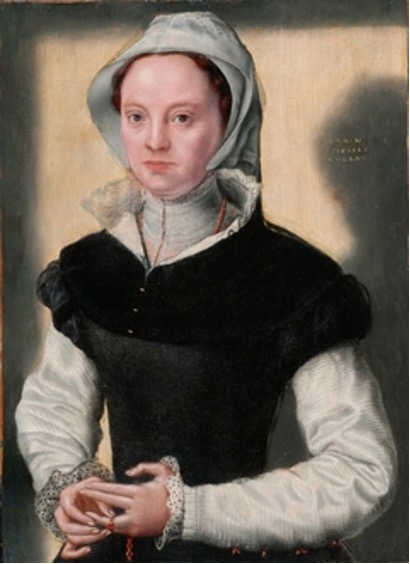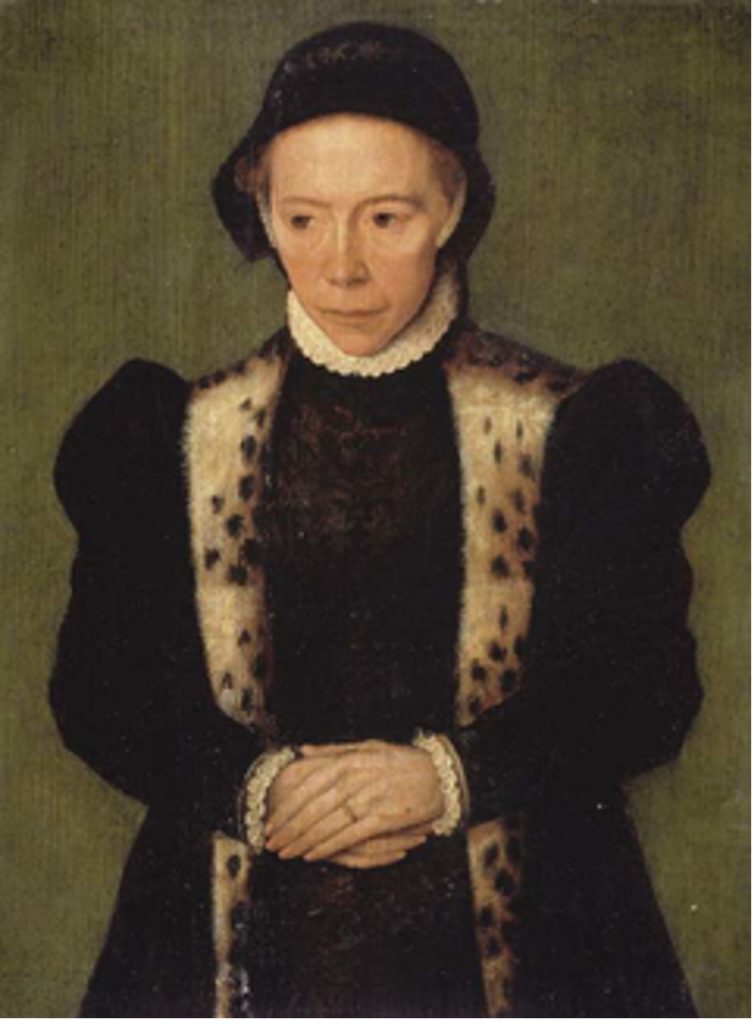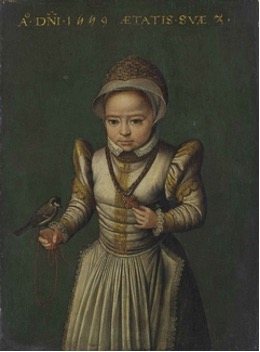
For my fourth blog post for Jeff’s 131 class, I continued my trend on researching female artists. This week, my subject was Sonia Delauney. As a big fan of Robert Delauney’s work and his depictions of the chaotic, loud, and overwhelming Parisian life at the beginning of the 20th century, I felt almost ashamed for not knowing his wife was a successful artist like him.

Sonia Delauney considered an “avant-garde queen” and half of the “avant-garde power couple” of the 1910s, pushed the boundaries of the art of her time. Privileged to get a cultured upbringing in St. Petersburg, Sonia was originally born in Ukraine before moving at the age of 7. Her childhood memories of Ukraine later influenced her choice of bright, vibrant colors
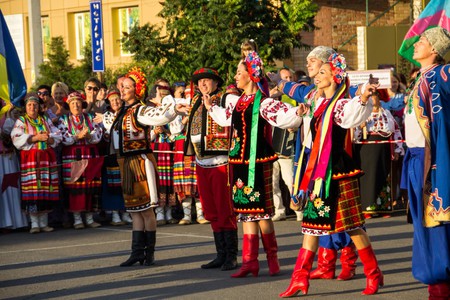
Sonia Delauney was proficient at painting, creating an impressive amount of pieces that followed the ideals of Orphism and concentrated on color and its influence on the viewer. She specifically used the “simultane” technique, a method that both Delauneys infused and used in their art. The main principle of the technique, which was a branch of Orphism, was the simultaneous contrast of colors in paintings. In Sonia’s works, this principle was expressed by the way she lined shapes, lines, and colors up next to each other, allowing for a dynamic relationship between the elements that evoked life and rhythm

Much to my dismay, I discovered Sonia put painting down as a medium to allow Robert to pursue his career and not be a potential competitor. But she didn’t let this stop her from being successful. Letting her husband fiddle with paint, she set her gazes elsewhere, entering the domain of multidisciplinary art. She created a fashion store “Casa Sonia”, designed the set and costumes for the play “Le Coeur a Gaz” and many other set and costume designs for many films. She proved that this limitation only gave her the room to push herself and her creative potential.
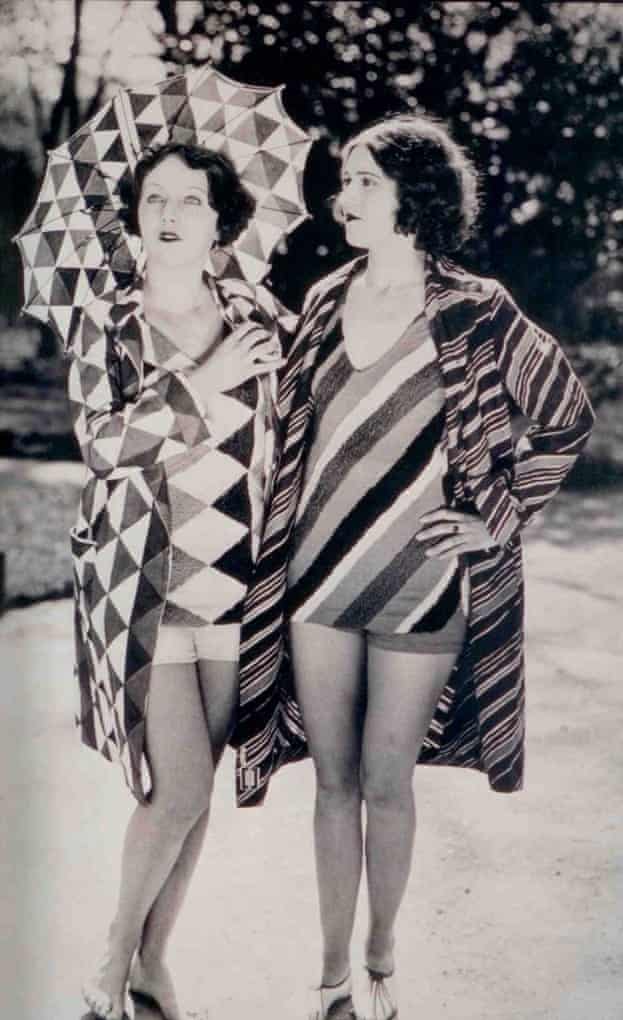
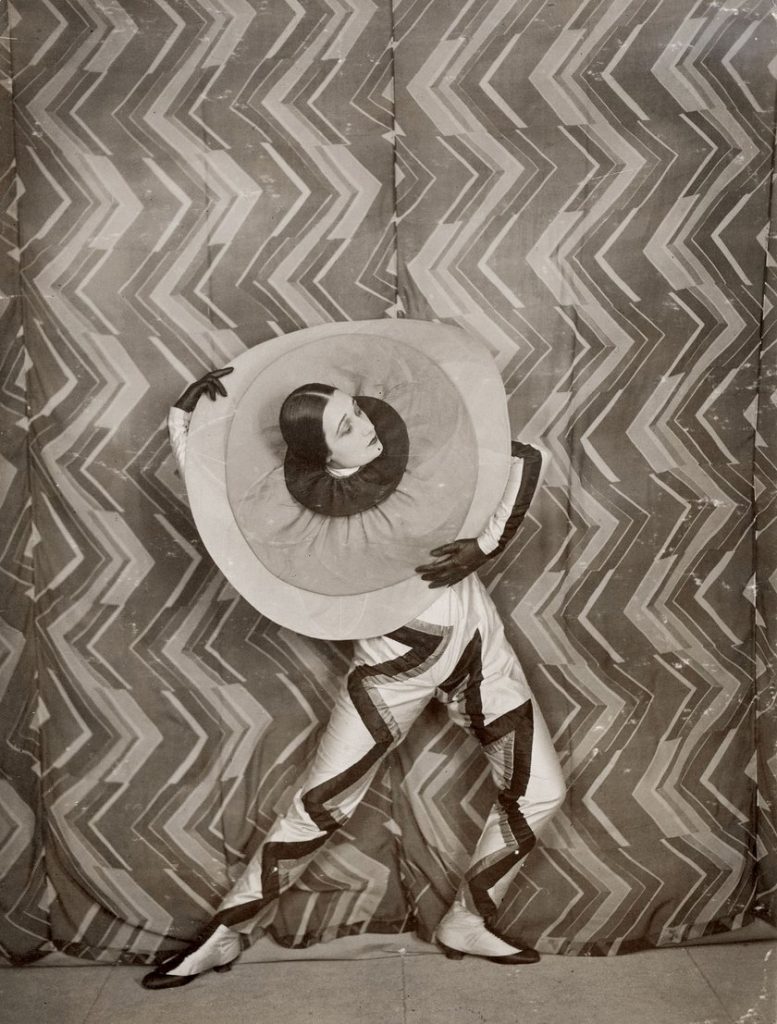
Sources:
